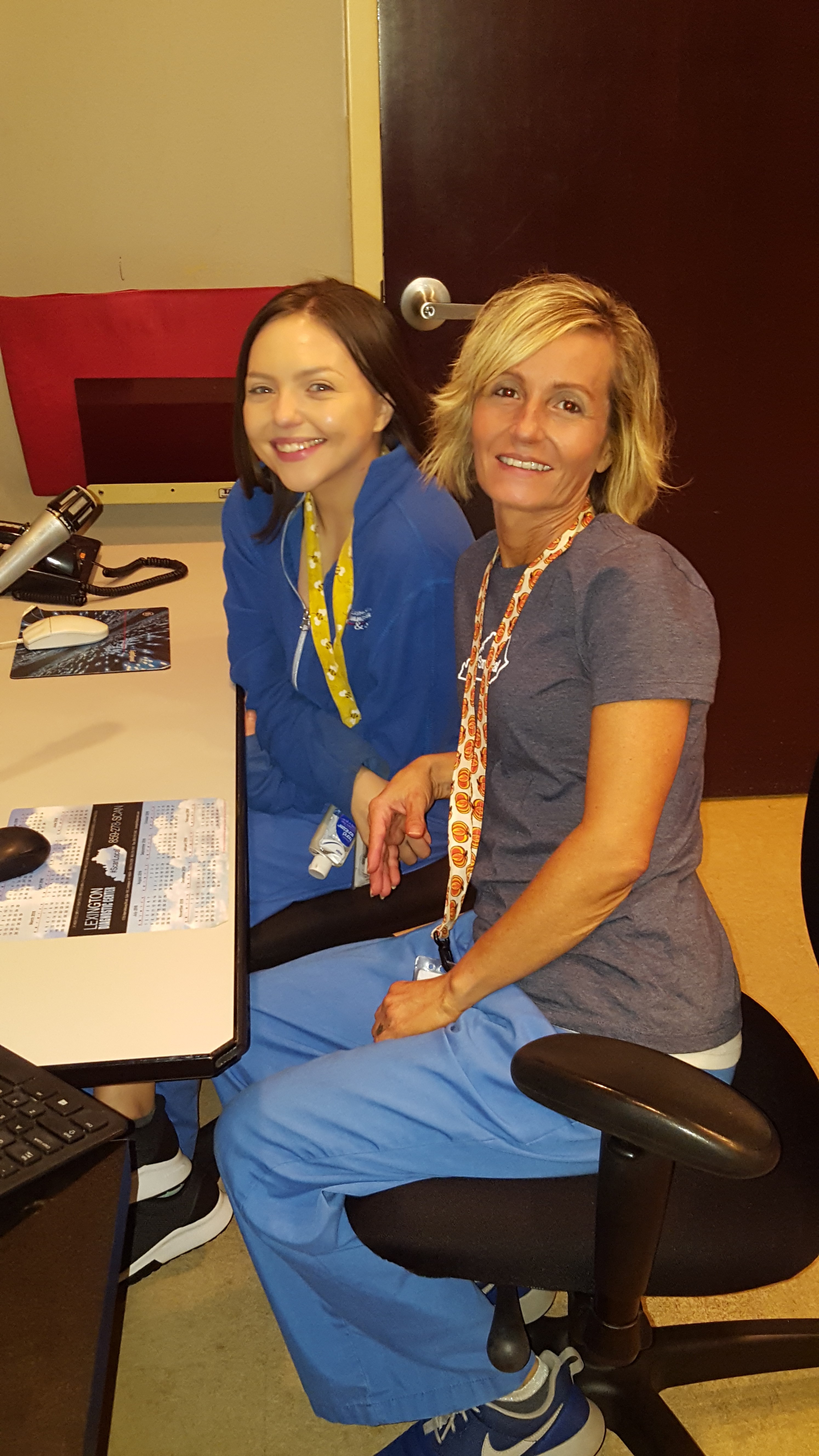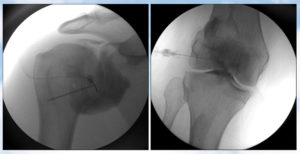‘Tis The Season For Rejoicing And Reflection
“Christmas is a season not only of rejoicing but of reflection.” – Winston Churchill
This is truly the most wonderful time of the year, isn’t it? As a locally owned business, the joy of the holiday season is something extra special at Lexington Diagnostic Center as we reflect on the past year and rejoice in thankfulness for our staff, patients, providers, and friends. We are continuously thankful for the patients who choose to use us for their care; for the physicians and other healthcare providers who have placed their trust and confidence in us to care for their patients; and for every member of our team who works diligently to deliver the best care to our patients and the highest quality imaging.
One of the joys of the holiday season is the opportunity to say thank you. In the spirit of the holidays, we wanted to spread some joy and share with you a few of the comments we have received from our patients this year about their experiences at LDC. We know the best way for people to get to know and trust us is through the experience of their friends and families.
RAVES ABOUT OUR TEAM
 “This was the best experience I have ever had with any radiology procedure. Your staff is exceptional in making me feel comfortable and safe.”
“This was the best experience I have ever had with any radiology procedure. Your staff is exceptional in making me feel comfortable and safe.”
“All of the techs were so warm and were very empathetic about me needing extra time to get to and from the various rooms because of my disability! Thank you so much!”
“I could not have completed the MRI without the sweet, smart, and professional technician that took care of me.”
“I was very impressed with the detail and care that the staff went through to make sure I understood and was comfortable with the procedure. The procedure was explained in detail by Meagan and then again by the doctor. Overall the experience was pleasant and efficient.”
 “The tech that performed my CT scan was amazing! He was kind and made sure I understood and was comfortable with everything that we were doing. Don’t lose him!”
“The tech that performed my CT scan was amazing! He was kind and made sure I understood and was comfortable with everything that we were doing. Don’t lose him!”
“I am always treated well and my doctors are pleased with the quality of the results. Thank you.”
COMPARING PRICES
“My husband and I took our son to Lexington Diagnostic for an ultrasound. They were very accommodating to get our son in the next day and were transparent in the cost. We saved hundreds of dollars by going to LDC and we are very grateful. Thank you Lexington Diagnostic!”
“I am glad that LDC is such an affordable option and for the hours that you all are open.”
“Very friendly and accommodating staff! So many great people work there. I was in and out in no time. They saved me a ton of money, too!”
“Tech was so kind and gentle. Highly recommend and the cost savings versus a hospital setting is just mind blowing!”






